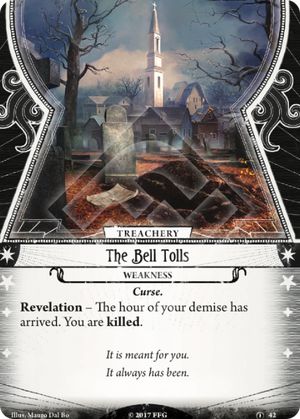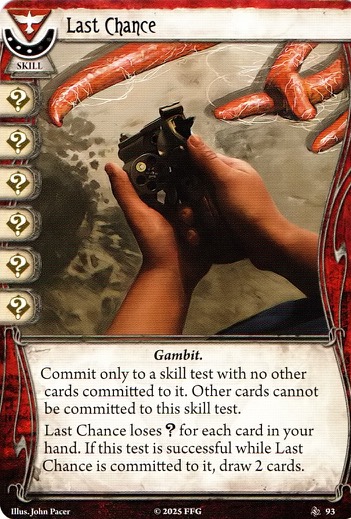
This weakness is actually a risk reward weakness...
Its 5 weaknesses for the price of one.. The first four are free and come with zero downside but the last one....well its the last one.
In a 7 scenario campaign you will need to duck it 3 times. If you can get that done early by perhaps resigning early in one scenario then you can be aggressive since your weakness is now just a simple dud.
This is really bad in a draw heavy deck (I got stuck with this death sentence with my Minh deck) or an Underworld Support deck, but if you have a slower deck that can be fattened up with Campaign Cards you might have an ok chance.
If not your team will have to carry on with a new 0xp Investigator in your place.



